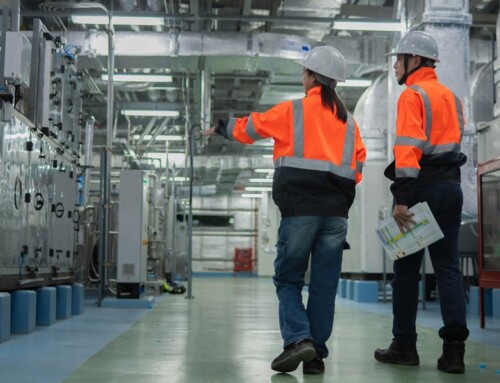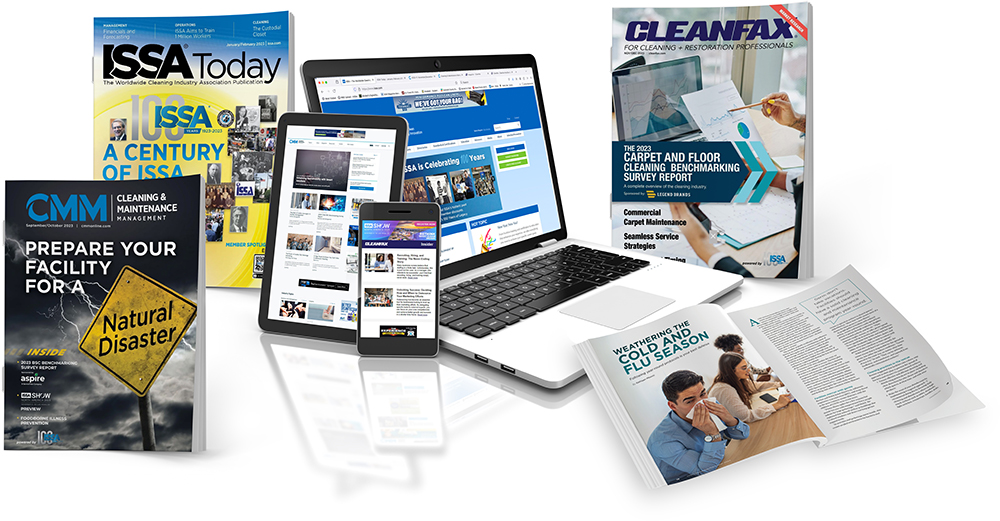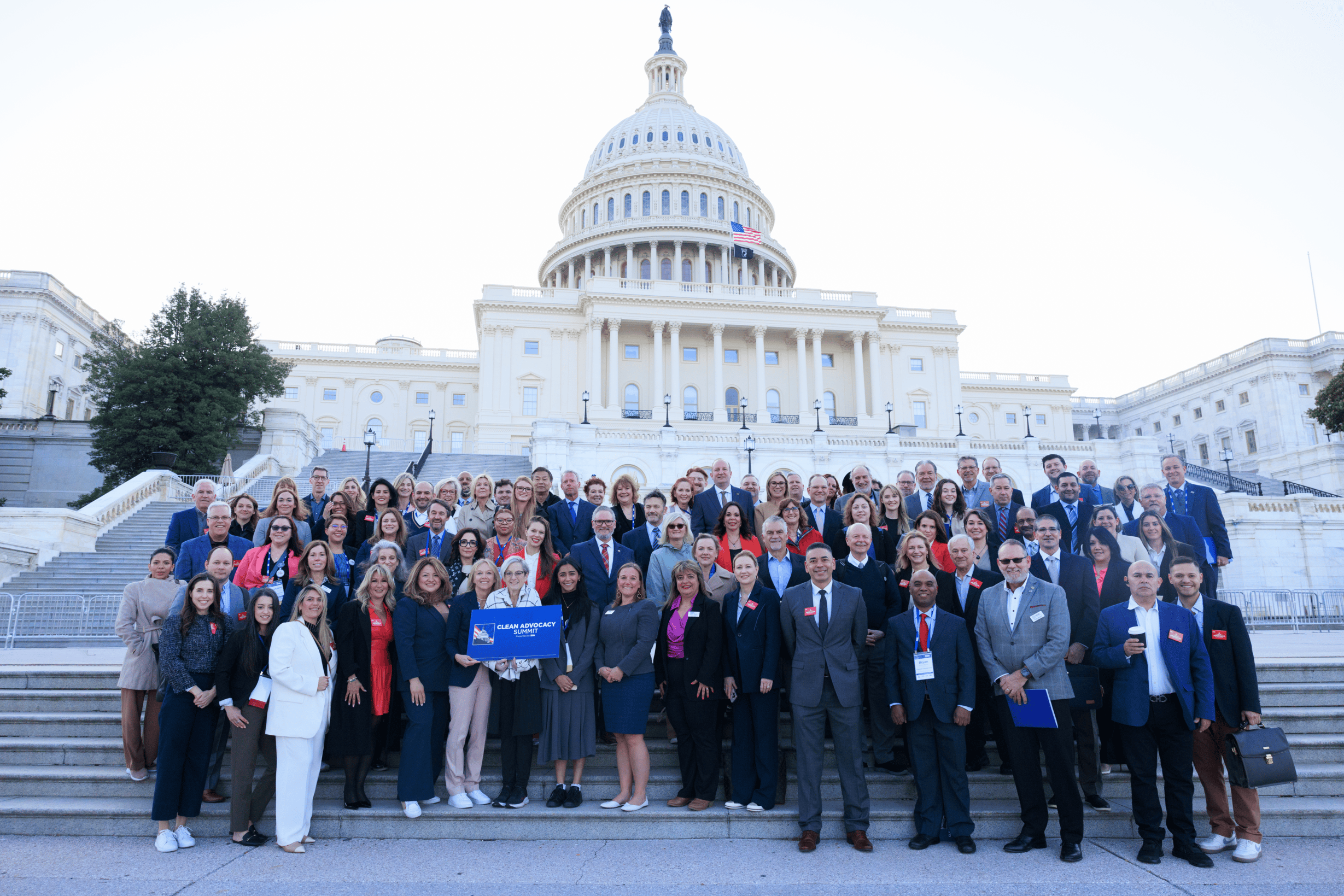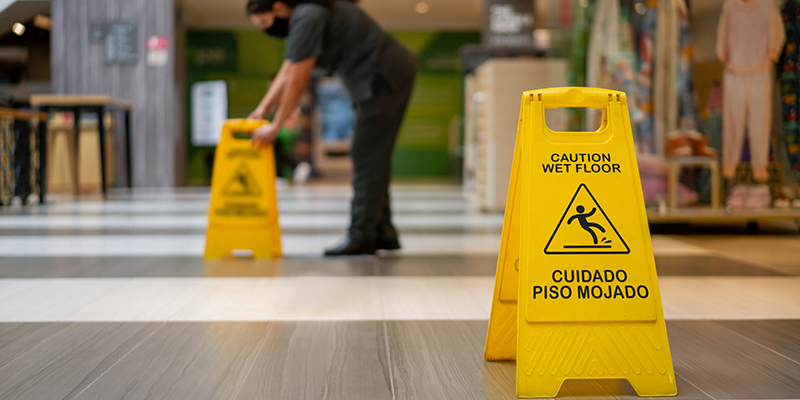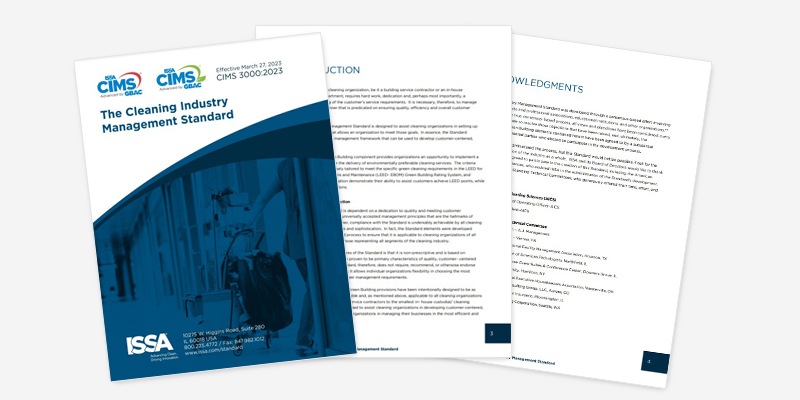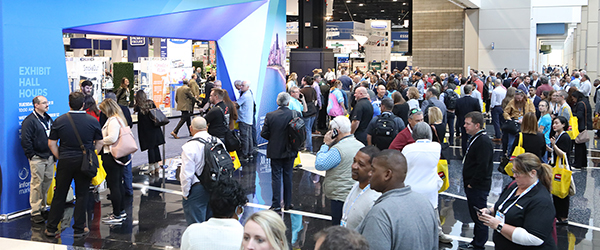Sustainability in Facilities Management: Strategies for Greener Buildings
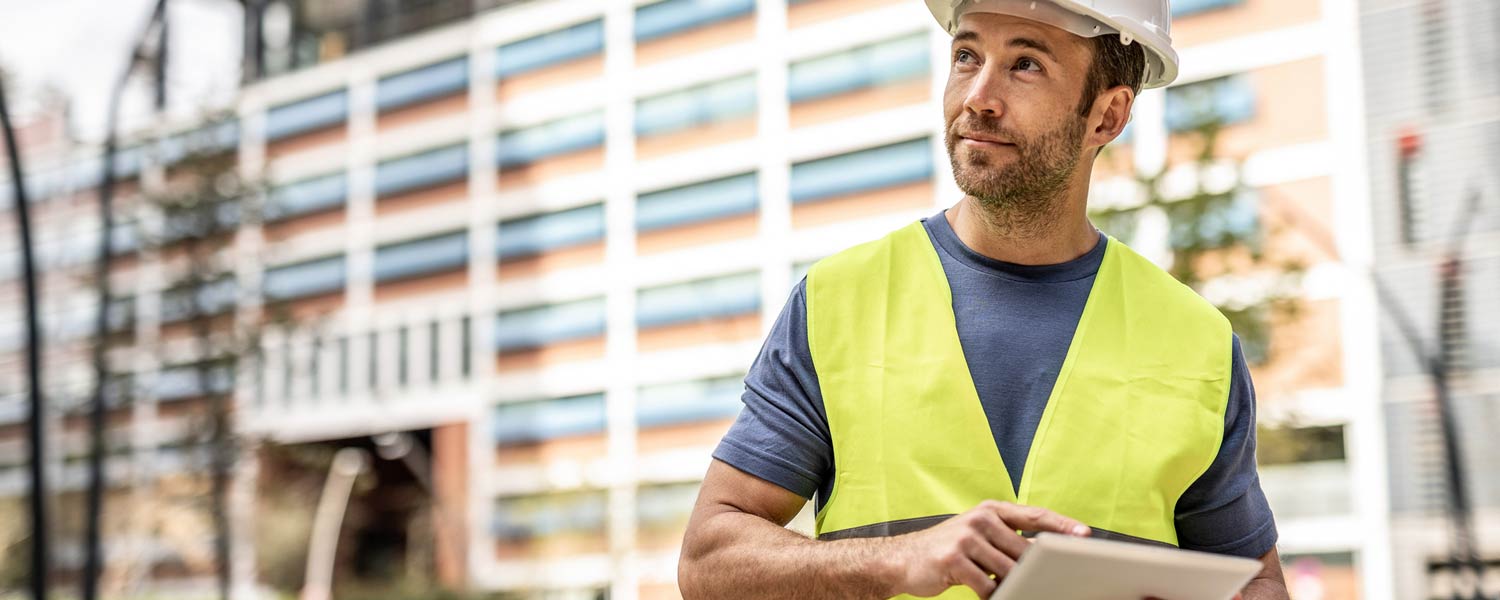
What Is Sustainability in Facilities Management?
Sustainability in facilities management refers to the adoption of eco-friendly practices in building operations, maintenance, and services to reduce environmental impact and support long-term resource efficiency. It combines green cleaning, energy conservation, waste reduction, and smarter procurement strategies.
Facilities managers are increasingly expected to lead the way in environmental stewardship. Whether you oversee a single building or an entire portfolio, embracing sustainability can improve your bottom line while supporting global climate and health goals. Visit the ISSA Sustainability Hub to learn more about industry-focused resources.
Why Sustainability Matters in Facility Operations
Buildings account for nearly 40% of global energy-related carbon emissions (source: IEA). Facility operations directly influence energy usage, water consumption, indoor air quality, and waste generation. By improving how buildings are managed, we can make a measurable difference.
Benefits of implementing sustainability in facilities management include:
- Lower energy and utility costs
- Improved occupant health and productivity
- Enhanced reputation and brand image
- Greater compliance with environmental regulations
- Progress toward ESG and corporate responsibility goals

Key Areas of Focus for Sustainable Facility Management
-
Energy Efficiency
Reducing energy consumption is a top priority. Facilities can achieve this by:
- Upgrading to LED lighting and motion sensors
- Scheduling HVAC systems for optimal efficiency
- Conducting regular energy audits
- Investing in building automation systems
-
Water Conservation
Smart water management reduces usage and costs. Strategies include:
- Installing low-flow faucets and fixtures
- Monitoring leaks through IoT-based sensors
- Using drought-resistant landscaping
- Recycling greywater for landscaping or toilets
-
Sustainable Cleaning Practices
Green cleaning is a cornerstone of sustainable facilities. Focus on:
- Using third-party certified products (like Green Seal or Safer Choice)
- Training staff on proper dilution and application
- Reducing reliance on harsh chemicals
- Implementing day cleaning to reduce lighting use
Explore how cleaning professionals are leading in green operations on the ISSA Sustainability Hub.
-
Waste Reduction
Waste minimization strategies help both the environment and the bottom line:
- Implementing robust recycling and composting programs
- Sourcing products with minimal or recyclable packaging
- Donating or repurposing surplus equipment
- Encouraging paperless workflows
-
Procurement and Vendor Selection
Sustainability extends to the supply chain. Facilities managers can:
- Choose vendors with verified environmental credentials
- Prioritize products made with renewable or recycled materials
- Consider life-cycle costs instead of just upfront price
- Review transportation and delivery impacts
Measuring and Reporting Sustainability Performance
Tracking progress is key to successful sustainability efforts. Consider using tools such as:
- Energy Star Portfolio Manager for benchmarking
- LEED for Existing Buildings for performance ratings
- WELL Building Standard for health-focused goals
- Customized Environmental, Social, and Governance (ESG) dashboards
Sharing sustainability achievements with stakeholders builds trust and accountability. Accurate reporting also helps secure grants, rebates, and green certifications.
Challenges and Solutions
Common Barriers:
- Upfront investment concerns
- Resistance to operational changes
- Lack of staff training or awareness
- Unclear ROI
Overcoming Them:
- Start with low-cost, high-impact initiatives
- Provide education and change management support
- Use case studies and benchmarking to prove value
- Partner with knowledgeable vendors and consultants
The Role of Training in Sustainable Facility Management
A knowledgeable team is critical. Training helps ensure that sustainability goals translate into action. Look for courses that address:
- Green cleaning protocols
- Energy and water management
- Waste diversion best practices
- Indoor air quality monitoring
To start learning today, visit the ISSA Sustainability Hub, where you’ll find educational resources built for cleaning and facility professionals.
Taking the First Steps
Ready to incorporate sustainability into your facility management plan? Start with a sustainability audit or gap analysis. From there, build a roadmap with achievable milestones:
- Establish clear goals and KPIs
- Engage cross-functional teams
- Communicate goals and progress
- Continuously review and improve practices
Even small changes—like switching to microfiber cloths or reprogramming thermostats—can lead to meaningful impact when applied at scale.
Conclusion: Sustainability Is Smart Facility Management
Sustainability in facilities management is more than a trend—it’s a strategic imperative. As regulations tighten and occupants demand healthier spaces, facilities teams have the power to lead change. By focusing on energy, water, waste, and cleaning practices, you can create buildings that are not only efficient but also aligned with the values of today’s world.

